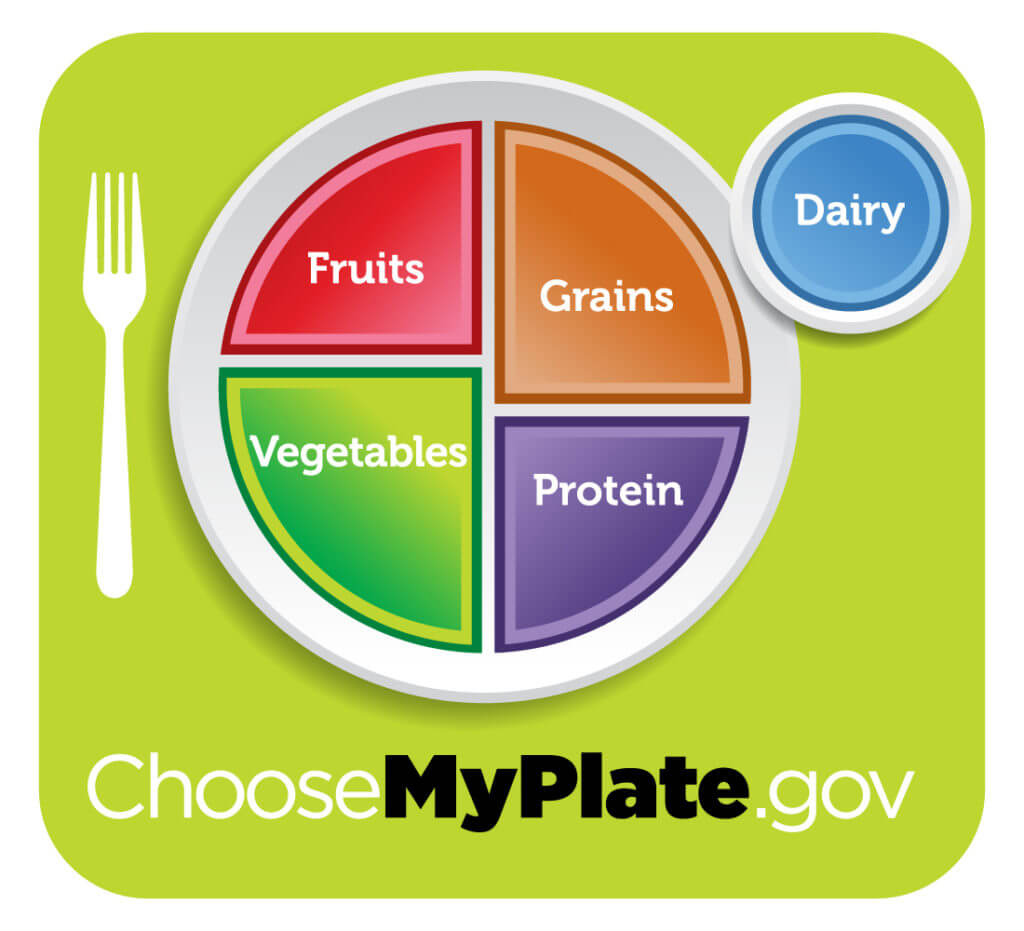Dietary Guidelines: Turkey continues to have a place on the plate
By Maggie Sommers Gentile, MS, RD, LD | Vice President of Food & Nutrition Policy, Food Directions LLC
What are the DGAs?
Every five years, the U.S. Department of Agriculture (USDA) and the Department of Health and Human Services (HHS) update the Dietary Guidelines for Americans (DGA), providing evidence-based nutrition information and advice to help Americans make healthy choices about food and beverages in their daily lives. The guidelines are used to inform federal food policies, such as the school meals programs, and are also used as the basis of nutrition education and recommendations provided by public health and medical professionals.

What is the DGAC?
Prior to USDA and HHS updating the guidelines, an appointed group of nutrition scientists convenes to review the most up-to-date research on food and nutrition. This group, known as the Dietary Guidelines Advisory Committee (DGAC), recently published their findings in a Scientific Advisory Report, which will be used to inform USDA and HHS as they write the final 2020-2025 Dietary Guidelines for Americans.
What did the DGAC say about turkey?
The National Turkey Federation (NTF) was pleased to see the committee’s recognition that turkey still has a place on the plate – the MyPlate that is! More specifically, the committee found that healthy dietary patterns include lean meat and poultry. They concluded that dietary patterns consisting of lean meat and poultry are associated with the following positive health outcomes:
- A decreased risk of all-cause mortality; and
- A decreased risk of cancer.
However, while lean meat and poultry were linked to beneficial health outcomes, the committee did note that red and processed meat continue to be subject of at least some health concerns including being:
- Strongly associated with decreased risk of cardiovascular disease; and
- Moderately associated with reduced risk of developing type 2 diabetes.
Poultry was also highlighted as a source of sodium – a nutrient of public health concern. In general, these conclusions are identical to those of the 2015 Advisory Committee and thus it is anticipated the policy document will largely look similar to the last edition of the DGA.
However, for the first time ever, this committee is recommending new guidelines around the birth to 24 month population, for which there were very positive outcomes for animal foods including meat and poultry, such as turkey. The committee recommended that the diets of 6-12 month olds should include foods that are rich in iron, zinc, choline and polyunsaturated fats – all nutrients found in turkey. And for toddlers between 12-24 months, the committee recommended a diet that includes poultry.
Looking ahead to future guidelines, the committee encourages a review of low-carbohydrate dietary patterns and sustainability, which are two areas that NTF will be closely monitoring.
What are next steps?
Despite calls to stall the process, the agencies appear to be committed to moving the process forward in a timely fashion with oral and written comments in August and the final DGA report slated for December. NTF will submit comments to ensure turkey continues to have a place on the plate. Members are also encouraged to submit written comments to USDA and HHS here.
